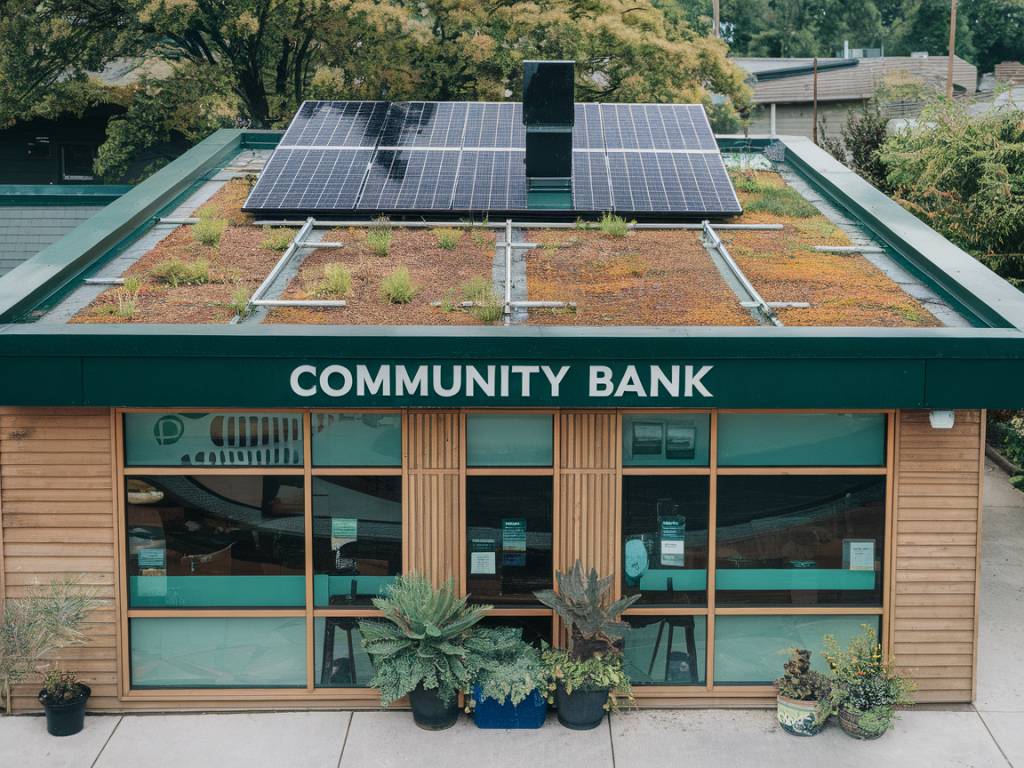Local economic development is a multifaceted process that relies on various factors, including businesses, government policies, and financial institutions. Among these, community banks play a crucial yet often underappreciated role. As smaller, locally-focused financial institutions, community banks offer a range of services that larger banks often do not prioritize. In this article, I will explore the impact of community banks on local economic development, backed by practical examples, relevant case studies, and actionable recommendations.
Understanding Community Banks
Community banks are financial institutions that primarily operate within a specific locality. Unlike large, national banks, community banks focus on providing personalized services to local residents and small businesses. These banks are typically smaller in size but offer a range of financial products including savings and checking accounts, small business loans, and mortgages.
Community banks are often chartered and regulated at the state level, making them more adaptable to local economic conditions. They are integral to the fabric of the local economy, providing financial services that might not otherwise be accessible to local residents.
The Role of Community Banks in Supporting Small Businesses
One of the most significant impacts community banks have on local economic development is their support for small businesses. Small businesses are the backbone of the American economy, accounting for 99.9% of all U.S. businesses and employing 47.1% of the country’s private workforce, according to the Small Business Administration (SBA).
Community banks help small businesses by providing loans and lines of credit that are often difficult to obtain from larger banks. These banks understand local market conditions and can offer more flexible lending terms. For example, a typical loan approval process at a community bank can take around 30 days, compared to up to 90 days at a larger institution.
An example of such support can be seen in the case of Smith’s Hardware Store in ABC Town. When larger banks refused to extend a line of credit due to limited collateral, the local community bank stepped in. By offering a loan with flexible terms, the bank enabled the hardware store to expand its operations, thereby creating jobs and contributing to local economic growth.
Fostering Financial Inclusion
Community banks also play an essential role in promoting financial inclusion. Unlike larger banks that might overlook rural or underserved areas, community banks are often the only financial institutions present in these regions. This ensures that residents have access to necessary financial services, such as checking and savings accounts, which are foundational for financial stability.
According to a study by the Federal Deposit Insurance Corporation (FDIC), approximately 7.1 million U.S. households were unbanked in 2019. Community banks often fill this gap by providing affordable banking services tailored to the needs of low-income families. Programs like financial literacy workshops and flexible savings plans empower residents to take control of their financial futures.
Community Investment and Philanthropy
Another noteworthy contribution of community banks is their involvement in local community investment and philanthropy. Community banks often reinvest a significant portion of their profits back into the community through various initiatives, be it sponsoring local events, donating to local charities, or funding community development projects.
For instance, the XYZ Community Bank has a long-standing tradition of sponsoring annual town festivals and investing in local infrastructure projects. These efforts not only improve the quality of life for residents but also stimulate local economic activities, attracting tourists and encouraging businesses to invest in the area.
Resilience During Financial Crises
History has shown that community banks tend to be more resilient during financial crises compared to their larger counterparts. During the 2008 financial crisis, community banks were less likely to engage in risky financial practices that led to the downfall of many large banks. This resilience is particularly crucial for local economies, ensuring continued access to essential financial services even during turbulent times.
A case in point is the defunct regional bank ABC in XYZ County, which weathered the 2008 recession by maintaining its conservative lending practices. While larger banks were collapsing, ABC continued to support local businesses with loans, thereby minimizing economic disruption in the county.
Challenges Facing Community Banks
Despite their numerous benefits, community banks face several challenges that can hinder their ability to support local economic development. Regulatory compliance is a significant burden, especially given that regulations are often designed with larger financial institutions in mind. Compliance costs can be substantial, straining the resources of smaller banks.
Competition from larger banks and digital financial services also poses a challenge. With their extensive resources, bigger banks can offer more technologically advanced services. However, many community banks are rising to the occasion by adopting technology to improve their service offerings while retaining their customer-focused approach.
Actionable Recommendations for Community Banks
Given the critical role community banks play in local economic development, it is essential to take steps to sustain and enhance their impact. Here are some actionable recommendations:
- Invest in technology to improve service delivery without compromising the personal touch that sets community banks apart.
- Engage with local communities through consistent and meaningful social responsibility initiatives.
- Partner with local businesses to understand their needs better and tailor financial products accordingly.
- Advocate for regulatory reforms that consider the unique challenges faced by smaller financial institutions.
- Emphasize financial literacy programs to empower residents to make informed financial decisions.
In closing, community banks have a profound and multifaceted impact on local economic development. They support small businesses, promote financial inclusion, invest in community projects, and remain resilient during financial crises. While they face challenges, with strategic actions, community banks can continue to serve as pillars of local economies, fostering growth and stability for years to come.

